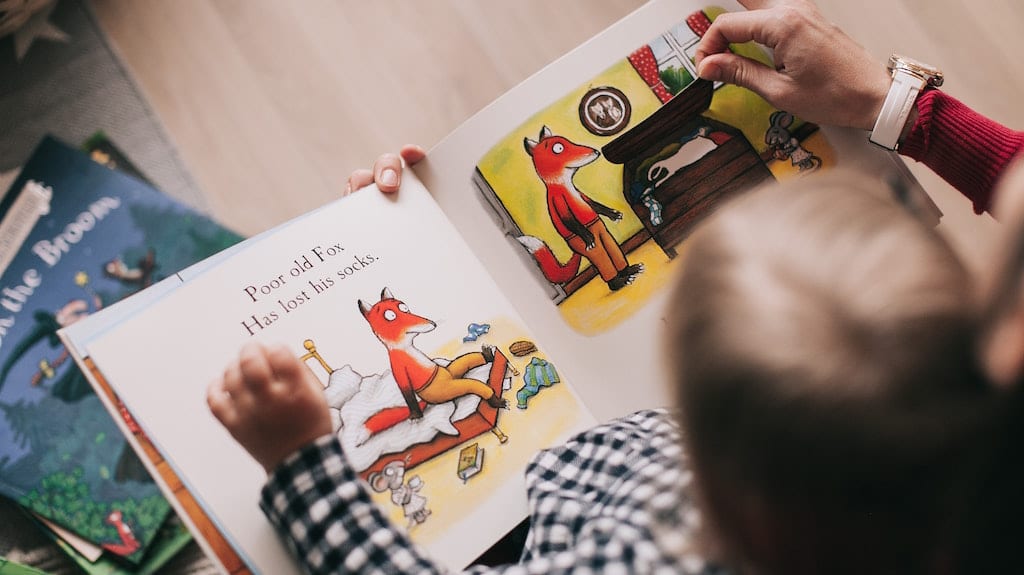
The purpose of this study was to investigate methods of enhancing kindergarteners’ artistic creative thinking and expressive drawing through an activity that involved appreciation of picture books. The study was conducted in a public kindergarten in southern Taiwan, with 27 children aged between 4 and 5. The researcher conducted the study in 16 weeks; data were collected via digital recordings of participants’ appreciation and art-making activities, artwork assessment checklists, and questionnaires. Both qualitative and quantitative research methods were used to process and analyze data. On the expression of and changes in children’s artistic and creative thinking ability, findings suggest that ability is expressed through discussions that involve art vocabulary, including descriptive, analytical, interpretative, and judgemental words. On-site practice indicated significant use of descriptive and analytical art vocabularies. The results also showed that the collage series of picture books had more impact on children than did other picture books in terms of teaching efficacy by picture book appreciation. With regard to differences in children’s reading and drawing behaviours between the beginning and the end of the study, findings indicate a significant and positive change in children’s reading and drawing behaviours at home. The study also indicated that children’s drawing behaviours could be cultivated by a series of art instruction activities. These findings should impact kindergarten educators’ instructional methods in visual art education in Taiwan and may influence Taiwanese curriculum reform in early childhood art education.
Pictures as words are one primary medium through which adults provide new knowledge or communicate new concepts to children, particu-larly when young children cannot fully understand adults’ words or express themselves. The use of picture books as instructional materials is one of the best methods of educating young children in kindergarten settings. In Taiwan, more and more publishers are paying attention to the printing of international and local picture books for young children; early childhood educators also use picture books when they design their curriculum (Zheng 2004). Early childhood educators also encourage children to read, discuss and perform the picture books’ content in classroom, and they integrate picture books with different subjects, such as literacy, music and drama. Although picture books play an important role in the early childhood curriculum in Taiwan, most teachers still concentrate on explaining the texts and story content, and develop worksheets for children when they instruct using picture books. The reason may be that most early childhood educators lack the knowledge needed to instruct children in appreciating picture book illustrations. In addition, few studies have been conducted in Taiwanese kindergartens on enriching children’s artistic thinking through the instructional use of children’s picture books, and none has been implemented by examining children’s art talk, and parents’ perspectives of children’s drawing behaviours.The goal of this study was to cultivate children’s art appreciation ability and artistic creative thinking. In addition, the researcher analysed the questionnaire used to gather parents’ perspectives on children’s drawing behaviours between the pre-and post-test. Study results will affect educators’ selection of picture books when engaging young children in art activities.
Notes
Visual alphabetization is as important as textual alphabetization. The use of images is one of the main ways of communication adults use with children. This article made me excited about this topic, it reminded me of some questions I had during my final project at my bachelor’s that related picture books and children’s creativity. This question really caught my attention: “What are the differences between parents’ pre-and post-test scores on perspectives of children’s drawing behaviours at home after participating in picture book appreciation activities?” Designing for children is also desiging for parents and teachers?
“Art appreciation methodologies The picture book can be considered as a kind of art object that combines texts and pictures (Huck 2004). Its use not only benefits reading and writing but also enriches children’s art appreciation talent”.
“According to Kiefer (1983), children like picture books that have black-and-white illustrations as well as colourful ones, if they are interested in the picture books’ themes. According to Eisner’s art education concepts, children can develop two abilities through art appreciation activities – visual awareness and the ability to explain visual forms.”
“Moreover, Eisner also believed that children’s JADE 29.2 (2010)© 2010 The Author. Journal compilation © 2010 NSEAD/Blackwell Publishing LtdJADE 29.2 Text AW v2.indd 1457/6/10 16:07:31Ching-Yuan Hsiao146cognitive activities and art appreciation could be stimulated by the following six aspects (Eisner 1972; Liu 1992):1. Experience: focus on audience’s first impression of artwork.2. Form: focus on enjoy the whole structure of artwork.3. Symbolic: realize the meaning of symbol in artwork.4. Theme: find the emphasis of artwork.5. Art material: enjoy the art material and its impacts on visual experience.6. Environment: realize the artworks’ back-ground.”
Are teachers prepared to lead kids through this journey above? What are the assets available to primary teachers to learn how to lead them in this subject?
Reference
Hsiao, C.-Y. (2010), Enhancing Children’s Artistic and Creative Thinking and Drawing Performance through Appreciating Picture Books. International Journal of Art & Design Education, 29: 143-152. https://doi.org/10.1111/j.1476-8070.2010.01642.x



